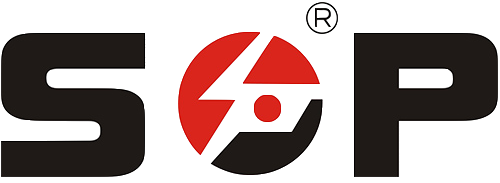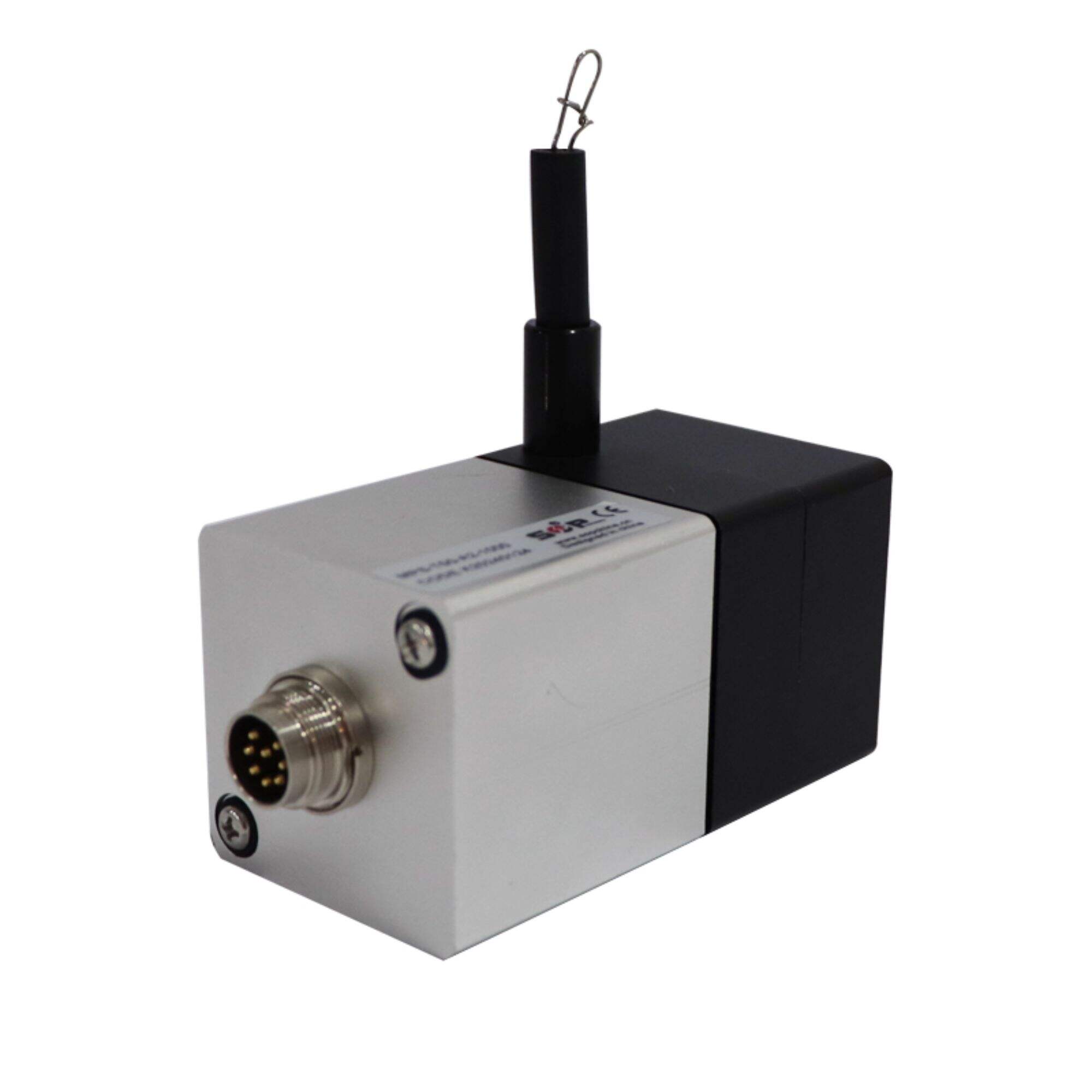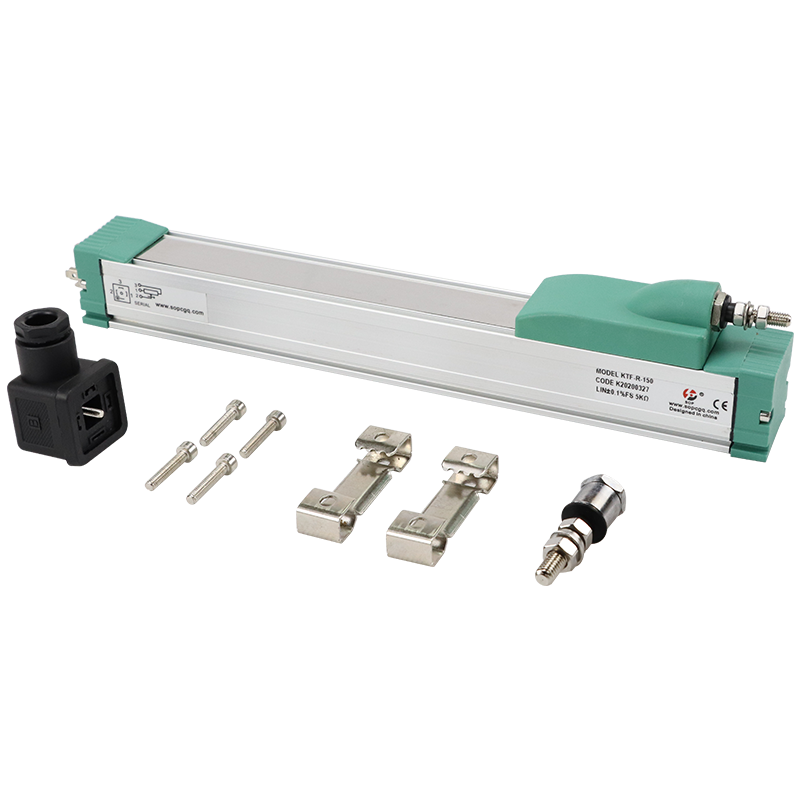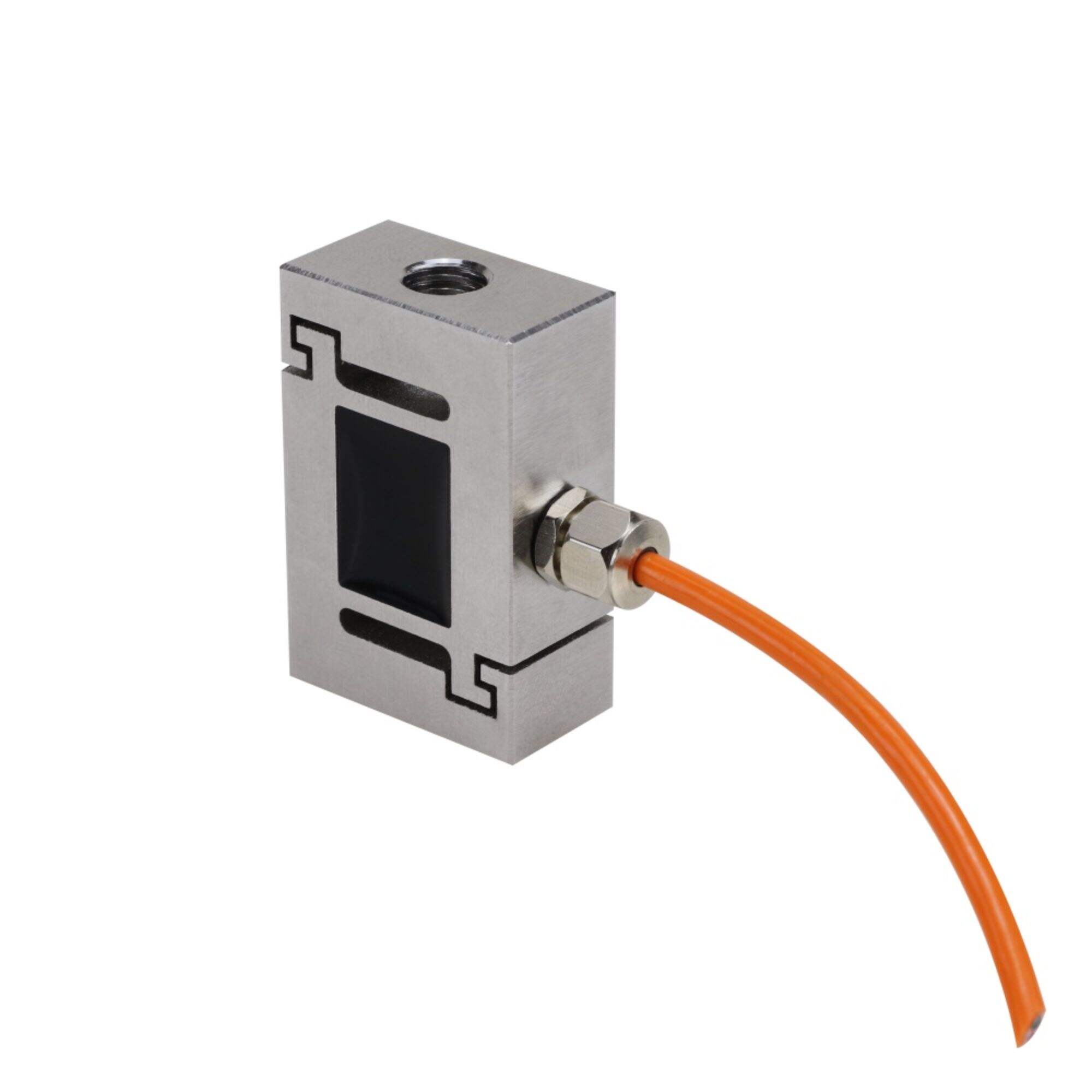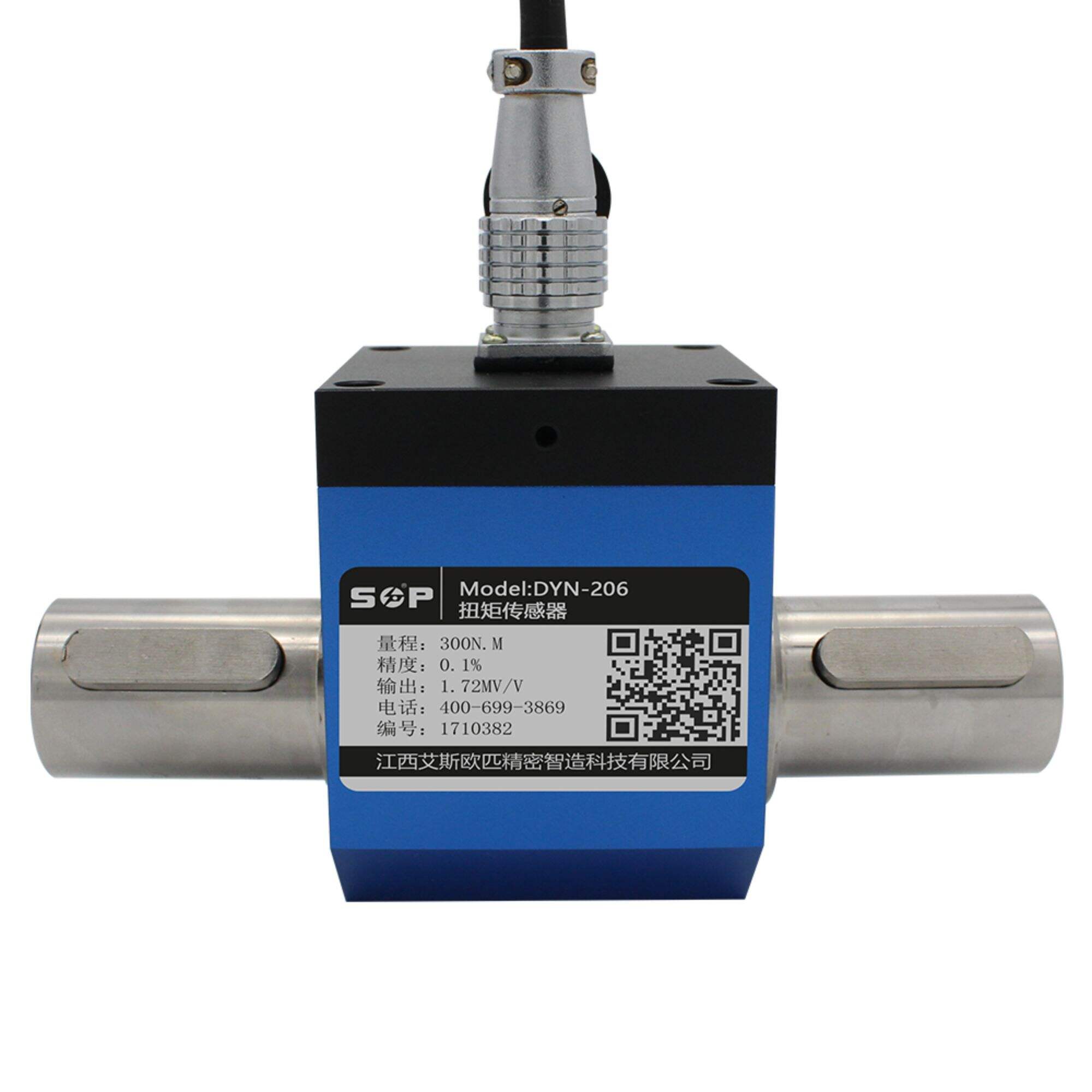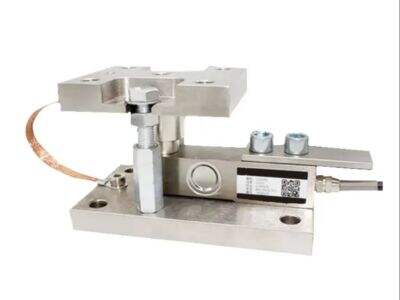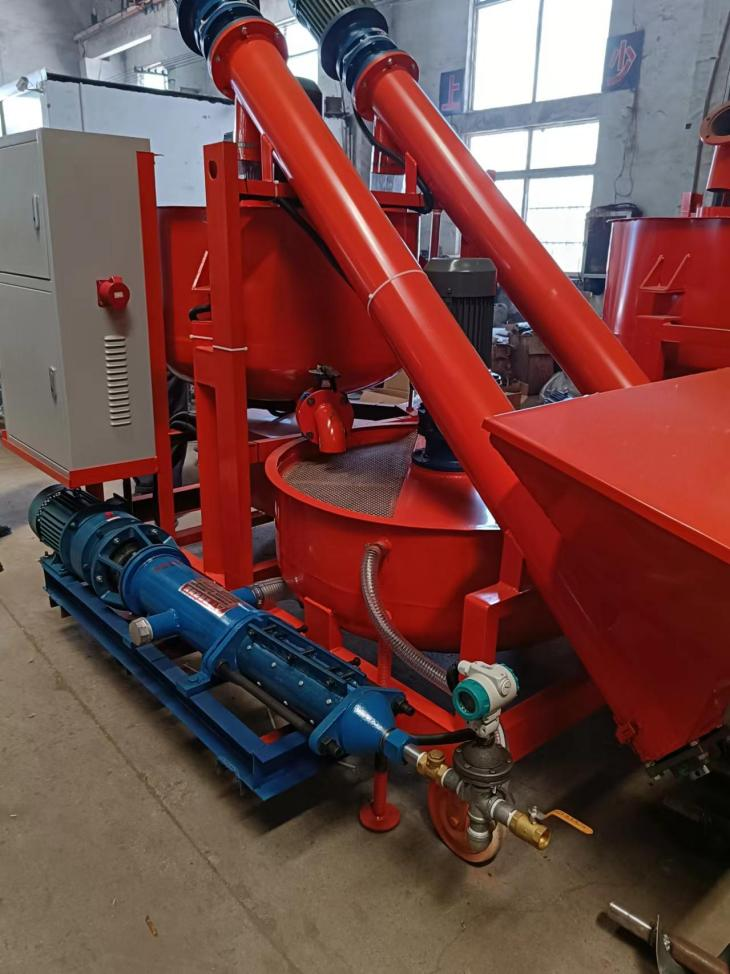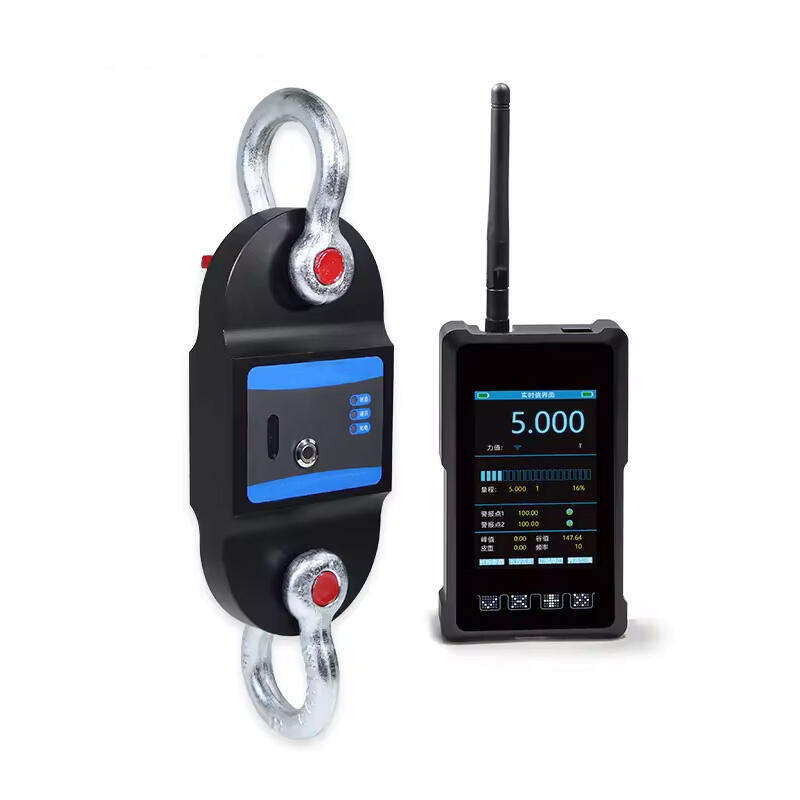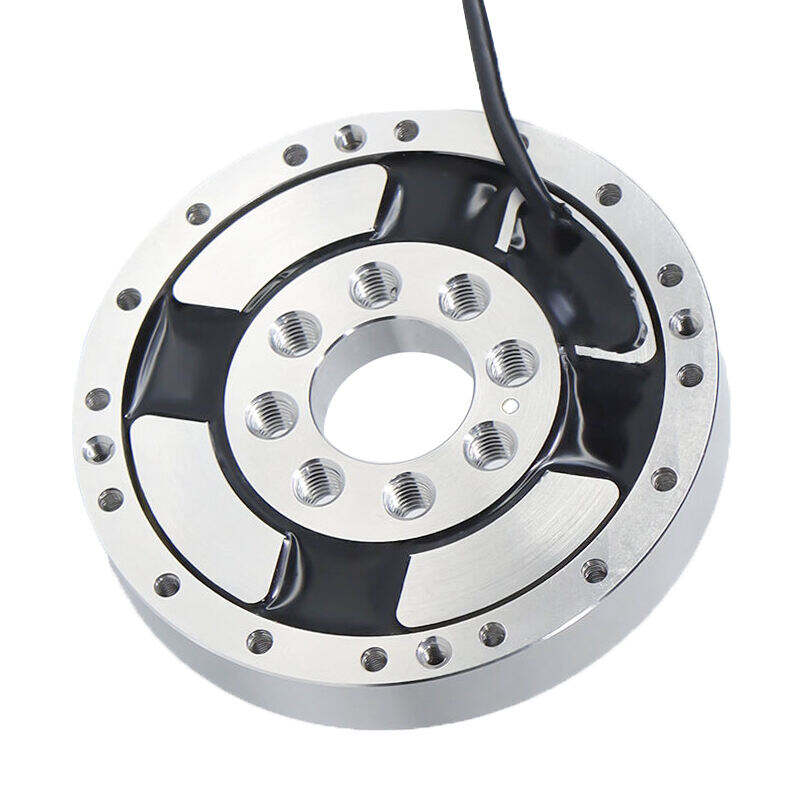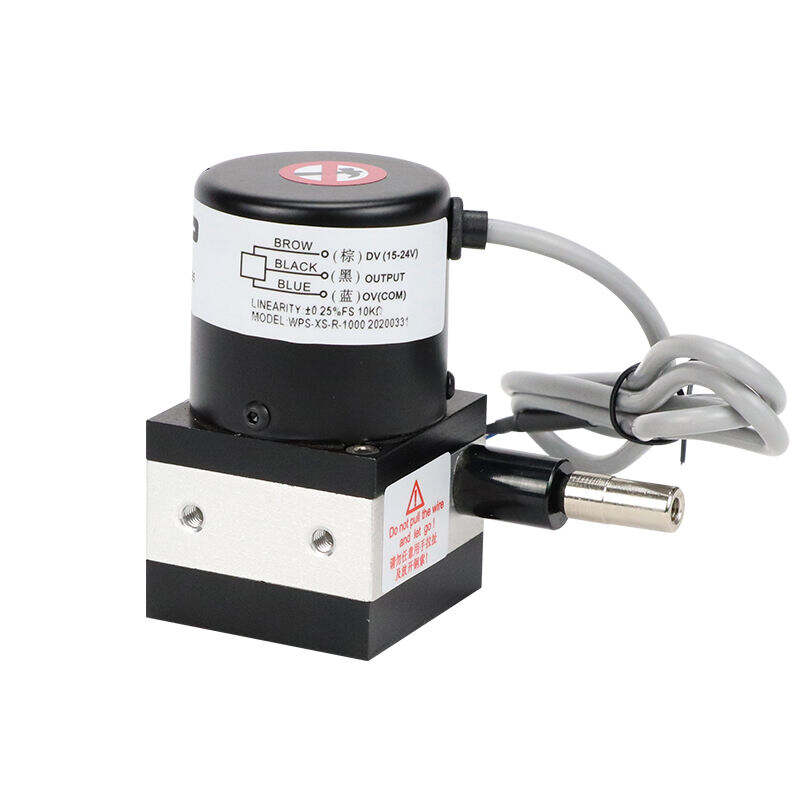pressure transducer price
Understanding pressure transducer pricing involves considering various factors that influence both cost and performance. These sophisticated measuring instruments, available across different price points from $50 to $2000, offer precise pressure measurements for diverse industrial applications. The price range reflects differences in accuracy levels, construction materials, and specialized features. Entry-level pressure transducers, typically priced between $50 and $200, provide basic pressure monitoring capabilities suitable for less demanding applications. Mid-range options, falling between $200 and $800, offer enhanced accuracy, better build quality, and additional features such as temperature compensation. Premium pressure transducers, priced above $800, deliver superior accuracy, advanced digital outputs, and robust construction for challenging environments. The pricing structure also considers factors like measurement range, output type, and environmental protection ratings. Many manufacturers offer customization options, which can affect the final price but ensure the transducer meets specific application requirements. When evaluating pressure transducer prices, it's essential to consider the total cost of ownership, including installation, maintenance, and calibration expenses.
